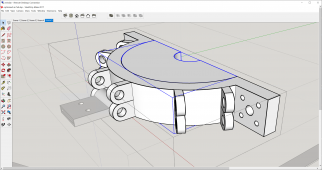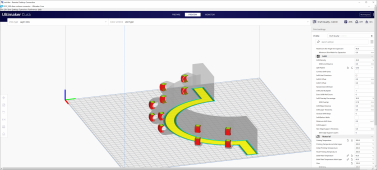Warpspeed
Solar Wizard
That is a fair bit of wind you have there !
No real problem starting with just the alternator, make it a reasonable size, and many factors should take care of themselves. It only gets really difficult when you are trying to make something really small and light weight to operate at high rpm.
Put it all together and do some testing.
You will need something powerful enough to run it up to various speeds under load, a tachometer to measure rpm (e-bay), something to measure torque with, and a suitable adjustable electrical load along with voltage and current measurement.
Its then possible to measure all of the electrical/mechanical characteristics of your new alternator.
Any changes or improvements will show up pretty plainly.
No real problem starting with just the alternator, make it a reasonable size, and many factors should take care of themselves. It only gets really difficult when you are trying to make something really small and light weight to operate at high rpm.
Put it all together and do some testing.
You will need something powerful enough to run it up to various speeds under load, a tachometer to measure rpm (e-bay), something to measure torque with, and a suitable adjustable electrical load along with voltage and current measurement.
Its then possible to measure all of the electrical/mechanical characteristics of your new alternator.
Any changes or improvements will show up pretty plainly.





